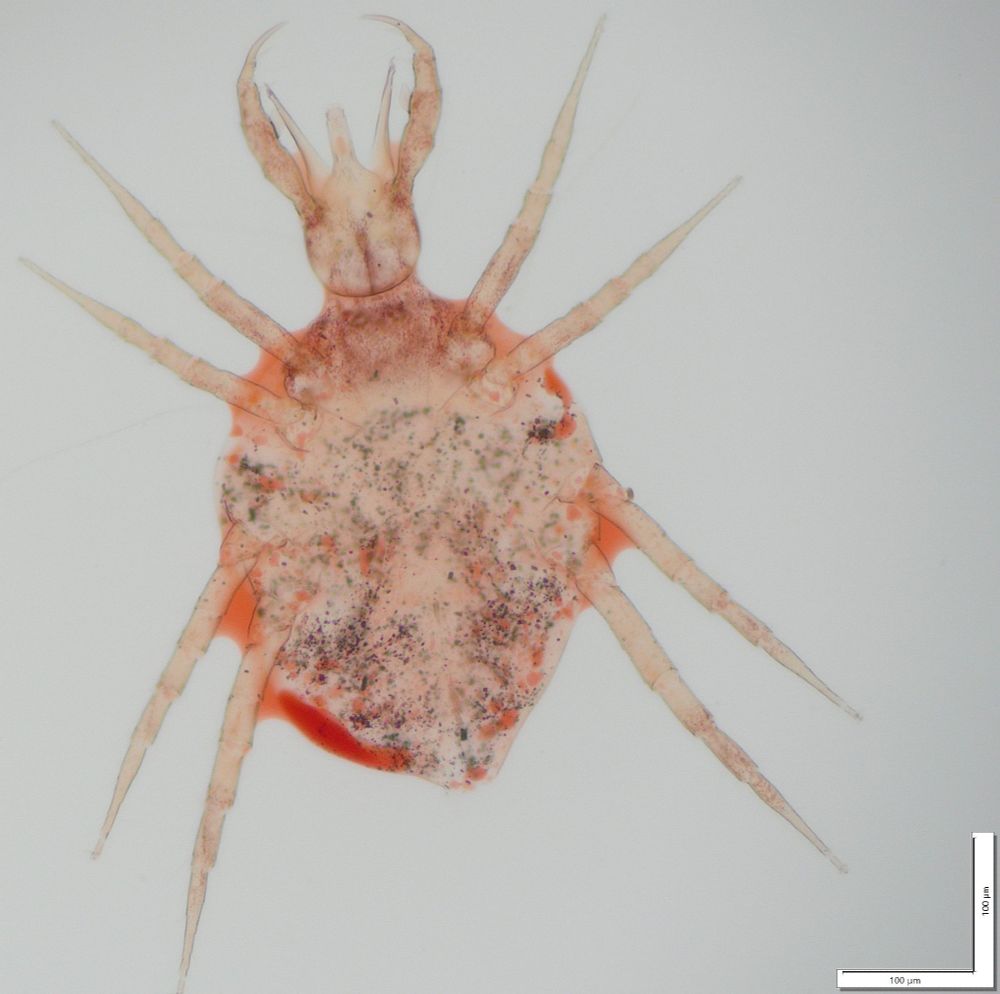
Rob Cruickshank
@bugblokenz.bsky.social
1.7K followers
1.2K following
67 posts
Lecturer @UCNZ | entomologist | ex-librarian | museum junkie | phylogeny nerd | urban iNaturalist | nemophilist (woodland enthusiast) | bug hotelier | maker | cyclist | drummer | koumpounophobe | INFJ | born 322 ppm CO2 | he/him | there's other stuff too
Posts
Media
Videos
Starter Packs
Rob Cruickshank
@bugblokenz.bsky.social
· Dec 20
Reposted by Rob Cruickshank
Reposted by Rob Cruickshank
‘Impossible’ to create AI tools like ChatGPT without copyrighted material, OpenAI says

‘Impossible’ to create AI tools like ChatGPT without copyrighted material, OpenAI says
Pressure grows on artificial intelligence firms over the content used to train their productsBusiness live – latest updatesThe developer OpenAI has said it would be impossible to create tools like its groundbreaking chatbot ChatGPT without access to copyrighted material, as pressure grows on artificial intelligence firms over the content used to train their products.Chatbots such as ChatGPT and image generators like Stable Diffusion are “trained” on a vast trove of data taken from the internet, with much of it covered by copyright – a legal protection against someone’s work being used without permission. Continue reading...
www.theguardian.com
Reposted by Rob Cruickshank
Reposted by Rob Cruickshank
Reposted by Rob Cruickshank
Reposted by Rob Cruickshank
Rob Cruickshank
@bugblokenz.bsky.social
· Dec 18
Rob Cruickshank
@bugblokenz.bsky.social
· Dec 12
Rob Cruickshank
@bugblokenz.bsky.social
· Dec 12
Rob Cruickshank
@bugblokenz.bsky.social
· Dec 12
Reposted by Rob Cruickshank
Reposted by Rob Cruickshank
Rob Cruickshank
@bugblokenz.bsky.social
· Dec 11
Reposted by Rob Cruickshank
Steve
@stevetypesstuff.bsky.social
· Dec 11
Rob Cruickshank
@bugblokenz.bsky.social
· Dec 11
Rob Cruickshank
@bugblokenz.bsky.social
· Dec 11
Reposted by Rob Cruickshank
Reposted by Rob Cruickshank
Rob Cruickshank
@bugblokenz.bsky.social
· Dec 11




















